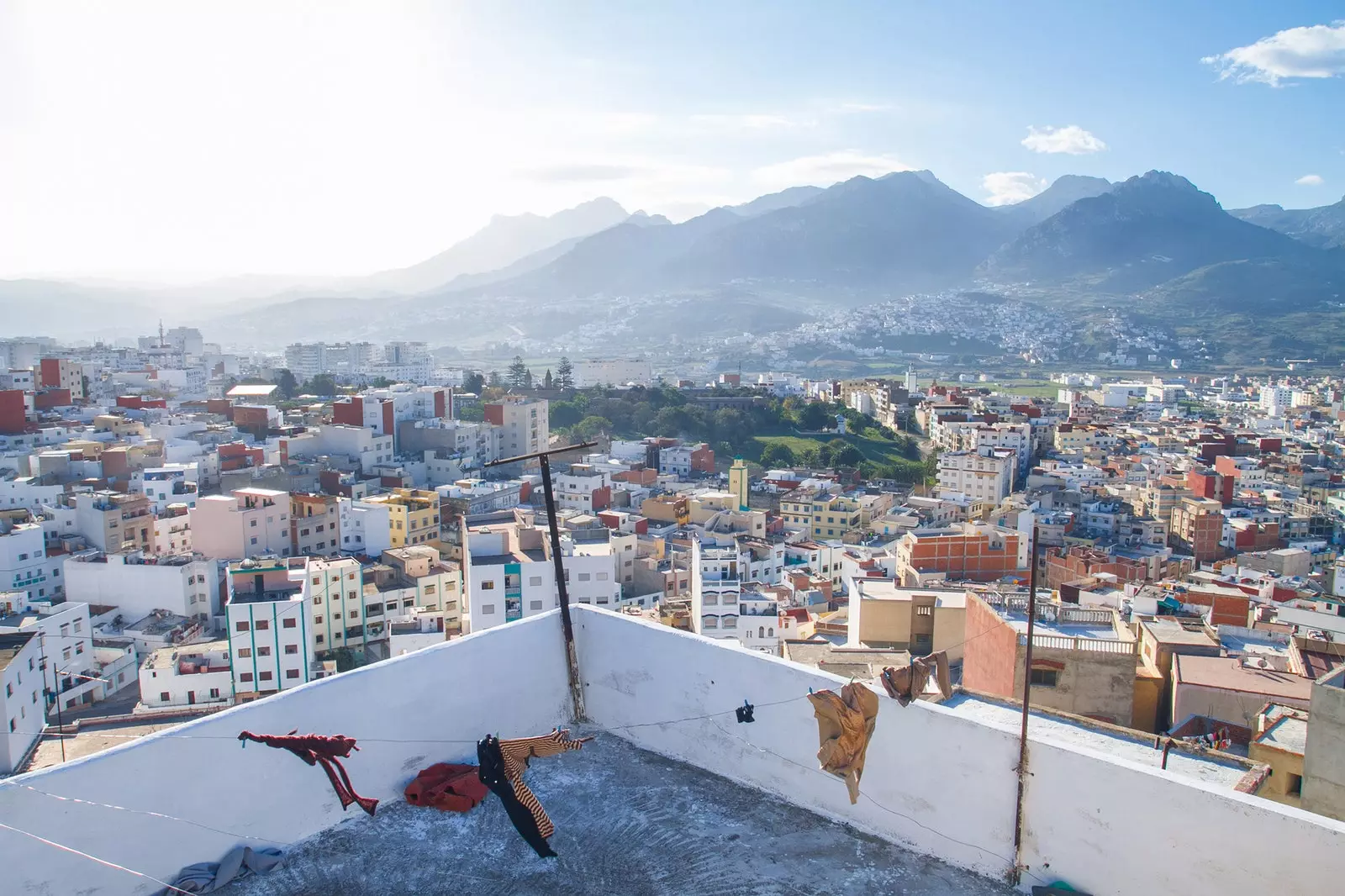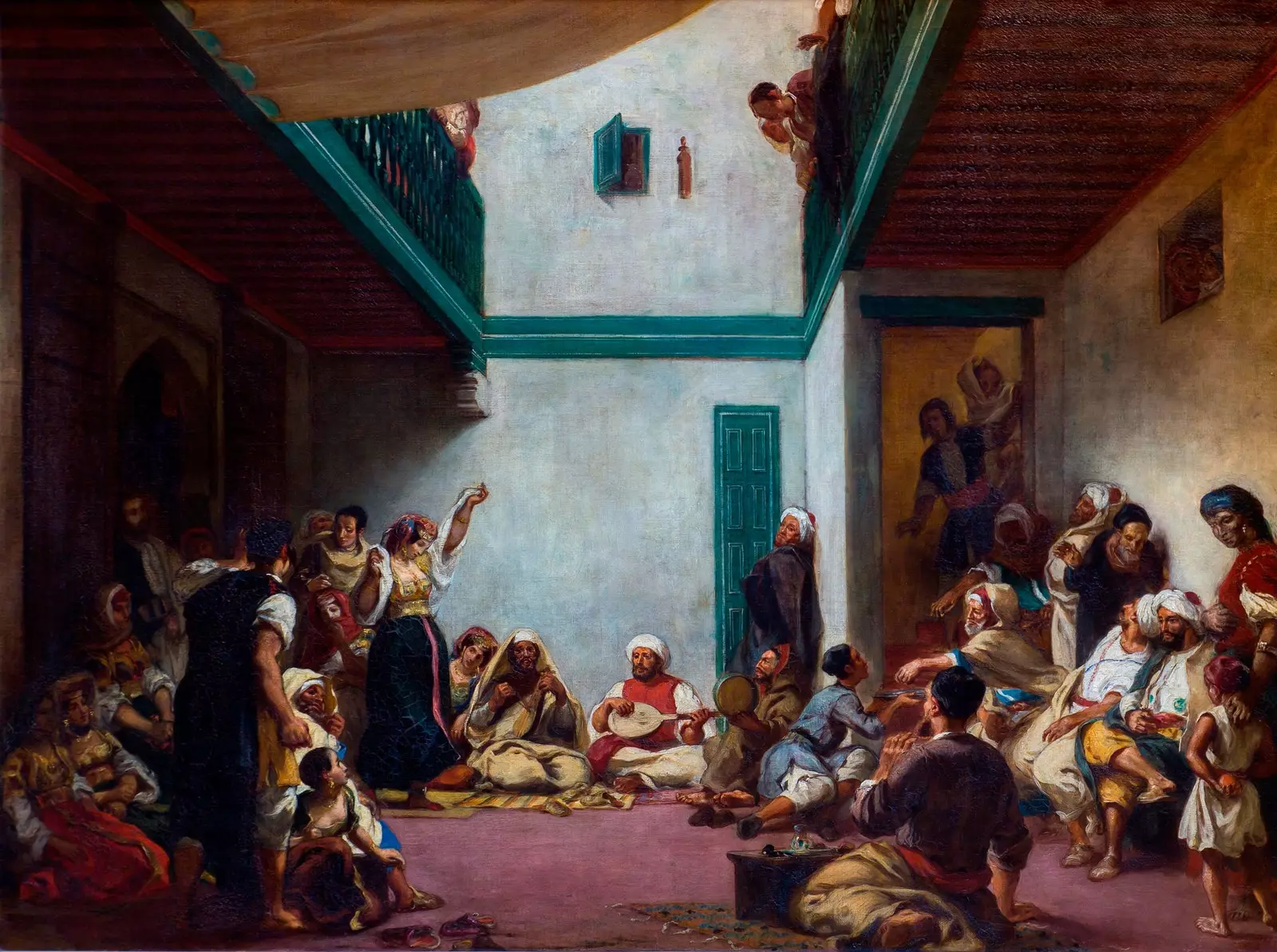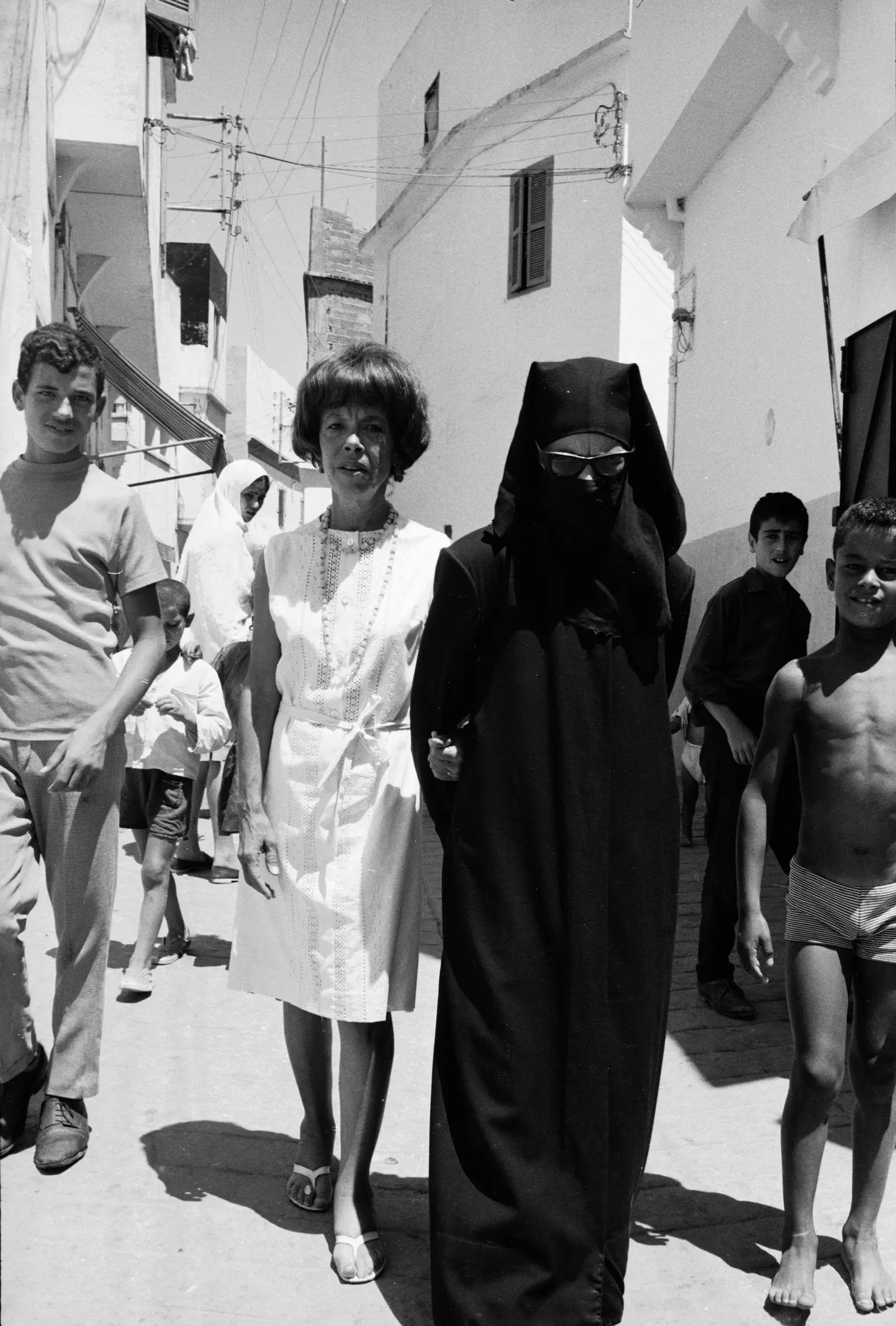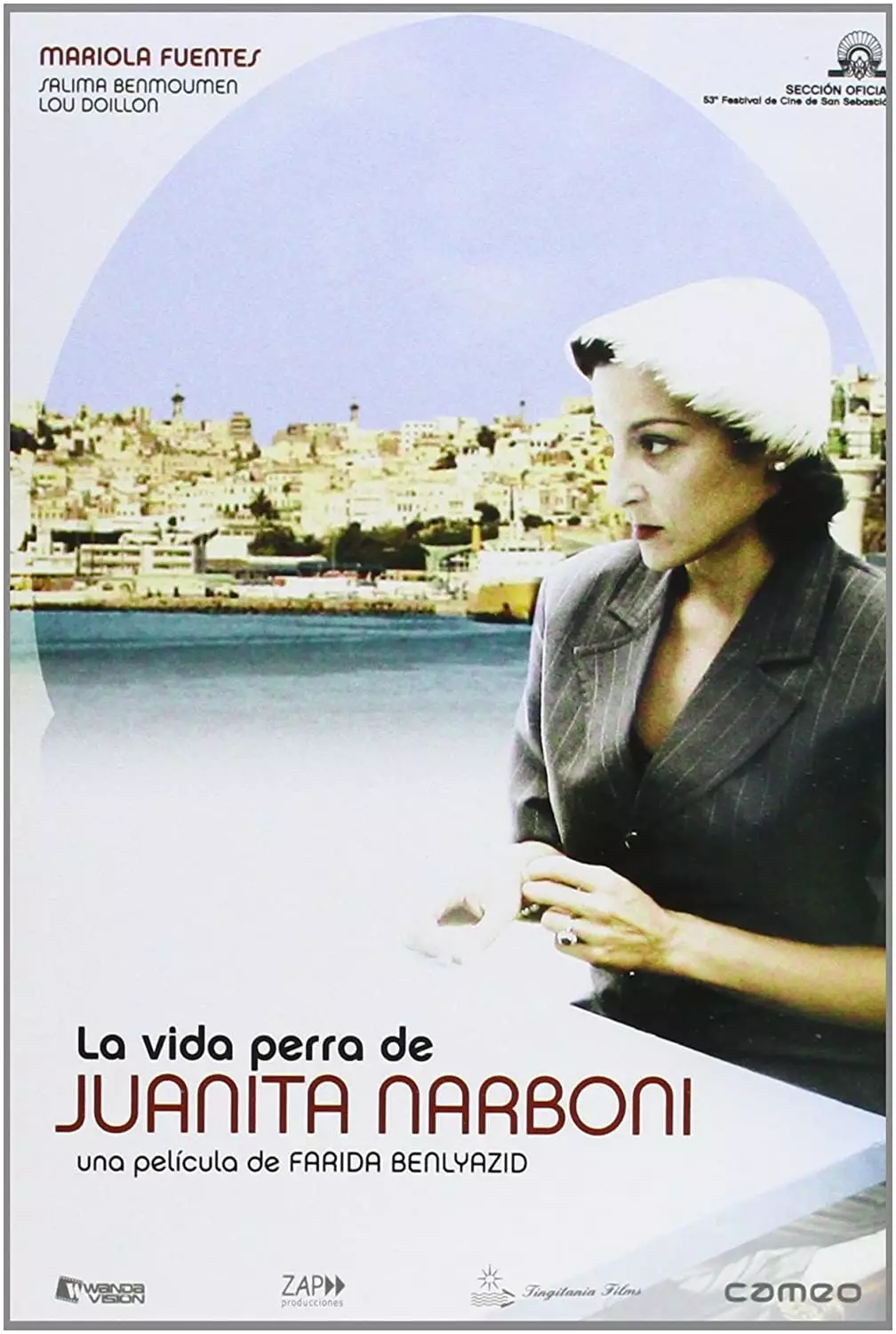
Morocco starts with Tangier
Delacroix , the painter of harems and revolutions, searched there for the beginning of the East . That Phoenicians, Ionians, Carthaginians, Romans, Vandals, Berbers, Arabs, Portuguese and Sephardim they had stepped on the pier where he landed was not enough. he was a romantic , and for this reason he wanted a return to a place uncontaminated by industry, by bourgeois morality, by puritanism.
He contemplated the coast of Cádiz from the kasbah and he considered that the sea marked a luminous border. Dazzled, he attended a wedding of the Benchimol family , which he captured in his work 'The Jewish Wedding' . In the fusion of the Hebrew, the Muslim and the Andalusian, he recognized types that fit his image of Antiquity. His fantasy led him to affirm that Rome survived in Tangier.
Matisse stayed in room 35 of the Hotel Ville-de-France . There he took to a canvas the view from his window. In the medina he painted the Bab El-Assa gate . Blue flooded the works that he carried out during his stay.

'The Jewish Wedding', Delacroix
in 1945 , after the Spanish intervention during the Second World War, what is usually called the golden decade of the city was opened. This splendor refers, with few exceptions, to the expatriate community that populated the villas that hung over the bay . The International Zone of Tangier guaranteed tolerance and freedom of expression in Arabic, Spanish, French or Haquitia , the Sephardic dialect.
For those who passed through there, the port of the Strait continued to be, as for Delacroix, a picturesque setting, a parenthesis in which the regulations in force in their countries of origin were suspended. In North America, the beat generation fled from McCarthyism, which sought communist germs in literary experimentation. Tangier was then a polyhedral city : Muslim and Sephardic in essence, Spanish in customs and architecture.
Paul Bowles landed with the orchestra Aaron Copland . In successive incursions into the interior of the country, he made more than 250 recordings of traditional Moroccan music . In the sheltering sky he narrated the story of an American married couple that dissolves in the desert. His story with Jane . The landscape, full of threats, embodied the mystery of a strange country, which he distrusted, in which he remained a frightened visitor.
The brilliant writing of Jane, his wife, drowned in Tangier. There he met Cherifa , whom Paul accused of witchcraft. He poisoned her, he said. He took as protégé the young painter ahmed yacoubi . Bowles was the claim for writers who came under the promise of a permissive and libertine sensuality. "Anything goes" he was the headline of an article about the city published in the new yorker in 1959.
William Burroughs wrote the naked lunch at the El Muniria hotel. He mistrusted the local youth and behaved like an outsider in a western. He never went out without his gun. They stayed at his hotel Allen Ginsberg and Jack Kerouac . Jean Genet frequented the Souk Chico and retired to the El Minzah hotel with a dose of Nembutal. In the cafe de paris or cafe hafa Bowles met with Tennessee Williams , melancholy, or with Truman Capote , who was terrified of the alleys of the kasbah.
“Before coming to Tangier you should say goodbye to all your friends – you may never see them again. Travelers who have come for a vacation let the years go by,” Capote wrote.
Creation was nourished by artificial paradises. The kif and the maajoun accommodated the edges . The european sexual freedom , of the American, was imposed at the expense of a population that viewed it as a monetary exchange. Street boys replaced Delacroix's harems . It was necessary that David Herbert , better known as the queen of tangier , warn visitors that not everything in the city is for sale.

Jane Bowles and Cherifa in Tangier
Despite his mistrust of Moroccans and Moroccans, Bowles supported local writers like Chukri or Mrabet . He promoted its publication and he appropriated the copyright , so their relationship oscillated between paternalism and abuse.
Chukri he was a witness and guide to authors whose passage through Tangier he recounted with irony. In his autobiographical novel: the dry bread , reveals the misery they inhabited on the back of their patrons' search for stimuli. The work, banned for years in Morocco, speaks of a reality that opposes the cosmopolitan excesses of travelers like Barbara Hutton, who brought together a dozen properties in the kasbah to create her palace.
From his Spanish origin, Ángel Vázquez showed in The dog life of Juanita Narboni a daily and Sephardic Tangier, indifferent to the festivities in the villas of Monte. His monologue, local, rich in haquitia, describes the ups and downs and contradictions of a diverse, open and vulnerable society . For Narboni, the city flowed in the alleys, on the docks, in the carnival, in the stalls of the medina, in Ramadan and in the Cervantes cinema. "From falling dead," she said.

Poster for the film 'La vida perra de Juanita Narboni', directed by Moroccan director Farida Benlyazid
